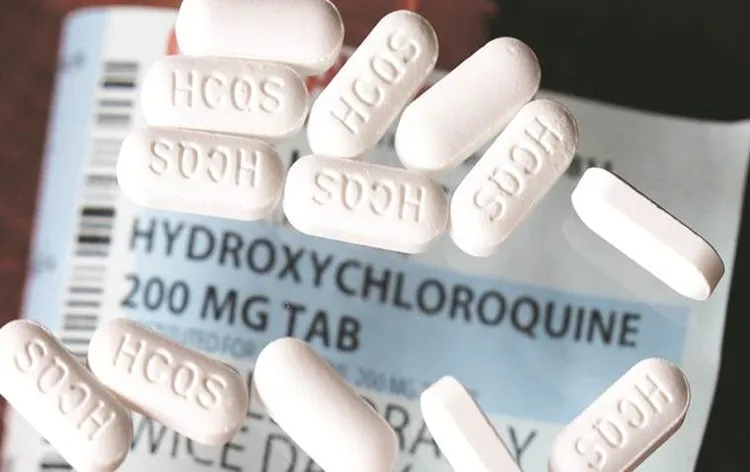With the plummeting Air Quality Index at the onset of winter, Indoor Air Quality (IAQ) remains a pressing matter as it can severely impact the health of the occupants. Where pollution is engulfing the country, people prefer staying indoors to avoid being exposed to severe pollution levels outside. But contrary to the common misconception that air inside the room is safe, it comes as a surprise to many that indoor air is 10 times worse and more polluted than outdoor air.
This is primarily because packed buildings lack proper ventilation. With people keeping the doors and windows closed during the winter, the air inside the room is incapable of escaping outside. As a result, the indoor air quality deteriorates manifold, making it severely polluted as compared to the outdoor air. The problem is further compounded in commercial and industrial spaces, such as healthcare, construction, factories, hotels, airports, offices, etc., as they come with complex and tight structures without much scope for ventilation.
The presence of numerous indoor air pollutants, such as volatile organic compounds (VOCs) in the form of synthetic building materials, furnishings, cleaning supplies, etc. invariably degrades the air within the closed premises. To further escalate the problem, the presence of humidity in the space encourages the growth of microorganisms such as mould and mildew that give rise to musty odour and severely affect the well-being of the occupants.
Poor IAQ can give rise to breathing issues, lethargy, pain in the eye, coughing, headaches, fatigue, and many more health conditions. In addition to this, inadequate ventilation can cause a phenomenon called ‘Sick Building Syndrome’ that can impact the overall health and well-being of a person.
Therefore, gauging the health consequences arising from poor IAQ, it is imperative that occupants focus on improving the ventilation of the enclosed space to experience enhanced public health. By improving the IAQ, ventilation can invariably contribute to curtailing the health risks related to respiratory illness and chronic conditions.
As a result, to achieve optimal ventilation, installing an HVAC system in the building can significantly enhance the proper ventilation of the space. It comes with the ability to supply a steady flow of fresh air throughout the building. It works on the mechanism of bringing fresh air from outside to carry out the dilution of indoor contaminated air. In the process of removing stale air from the inside, it also filters the pollutants coming in from the outside. The systems are adept at maintaining a positive pressure in the building that forces the contaminants to move out of the space.
In addition to ventilating the space, HVAC systems provide thermal comfort to the occupants. They employ advanced desiccant technology to remove moisture from the air with the intervention of hygroscopic substances. It comes handy in maintaining the optimal RH of the building which invariably contributes to toning down the air as per the requirement of the given space and goes the extra mile to inhibit the growth of unwanted microorganisms such as mould, mildew, and other substances.
Installing advanced Energy Recovery systems can further help in addressing the issue of poor IAQ efficiently. Making use of Enthalpy Wheels, the technology is adept at ventilating the space that too without compromising the air conditioning load of the room. Therefore, in the process of improving the IAQ, it also reduces the operational cost of HVAC systems significantly. Moreover, looking at the alarming rate of pollution, employing Air Purification Systems can be of great help in controlling the depleting state of IAQ. Being well equipped with honeycomb-designed chemical filters, it comes in handy in removing the gaseous contaminants from the building.
Looking at the rising menace of poor IAQ on health conditions, in addition to employing an HVAC system, people should also adopt Green Buildings with alacrity. By making use of green products, the buildings are the way forward in striking the right balance between the comfort of the occupants and reducing the energy consumption of the building.













